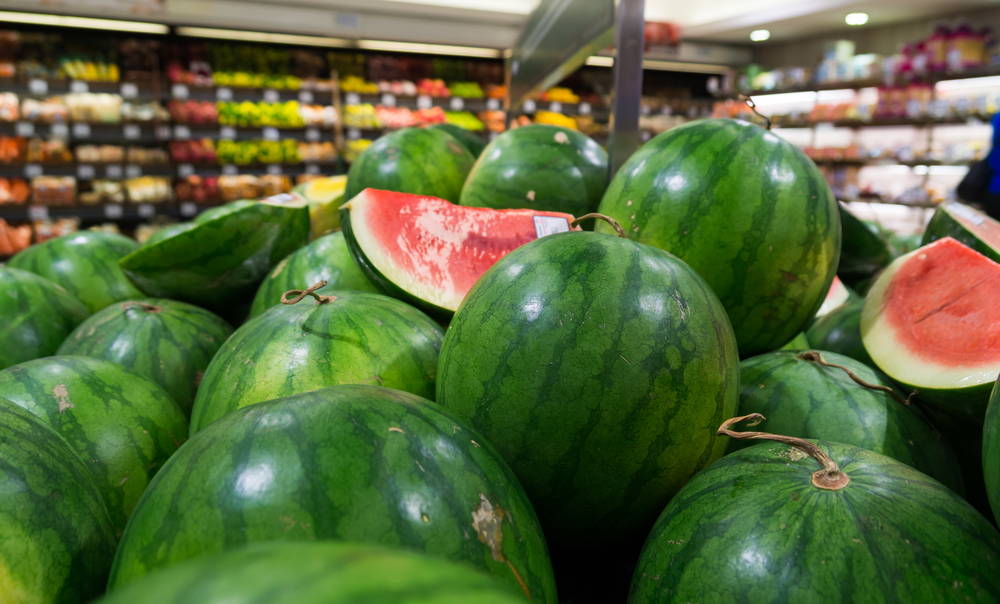Watermelon is the queen of summer — juicy, refreshing, and packed with health benefits.
Others are reading now
The Ultimate Summer Fruit
Watermelon is the queen of summer — juicy, refreshing, and packed with health benefits. However, selecting the best one at the supermarket can be a daunting task if you don’t know the tricks.
With summer in full swing, many people crave a fresh, ripe watermelon. This fruit is not only low in calories, with just 30 calories per 100 grams, but also rich in vitamins, minerals, and water, making it highly beneficial for your health.
Whether you enjoy it in slices, cubes, or smoothies, picking the perfect watermelon requires a bit of know-how. Without a knowledgeable fruit vendor to guide you, these simple tips will help you select the juiciest and most flavorful watermelon in the store.
Visual and Tactile Checks
First, inspect the rind. The watermelon should have a firm surface without any dents or bruises and a deep green color. Avoid those with soft spots or deformations, as these could indicate spoilage.
Also read
The ideal watermelon has a slightly dull rind, suggesting it is at the perfect ripeness. Weight is another crucial factor—a good watermelon should feel heavier than it looks. If its weight surprises you when you lift it, that’s a sign it’s full of juice and likely very tasty.
Another reliable trick is the sound test. Tap it gently with your knuckles. If it sounds hollow and resonant, it’s ripe and ready to eat. If the sound is dull or has an echo, it’s best to leave it.
Smell, Color, and Texture
The smell can also give you clues. While not all watermelons have a strong aroma, a sweet and subtle scent at the base of the fruit indicates ripeness. If there’s no smell, it’s probably not ripe, and if it smells like vinegar, it’s overripe.
Additionally, the yellow spot on the bottom of the watermelon, known as the field spot, shows where it sat on the ground while ripening. The darker the yellow, the better. If the spot is green or white, the watermelon is likely underripe and needs more time.
Don’t forget to check the pattern of the stripes on the rind. Mature watermelons typically have well-defined stripes with a distinct contrast between the dark and light green stripes.
Finally, gently press the watermelon; it should yield slightly under pressure and then return to its original shape. If it’s too hard or too soft, it’s better to choose another one.


